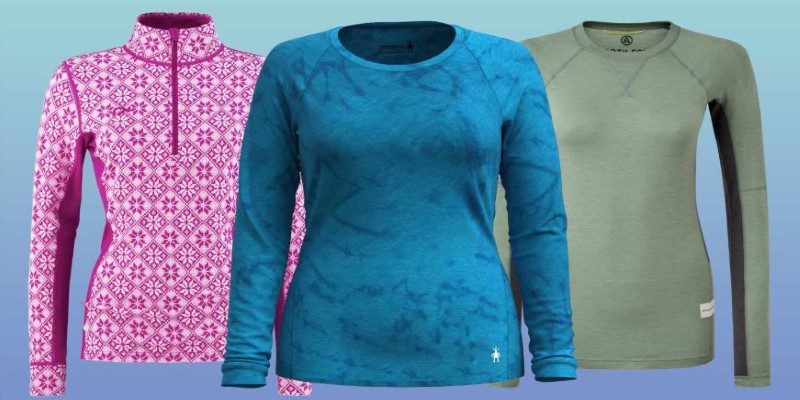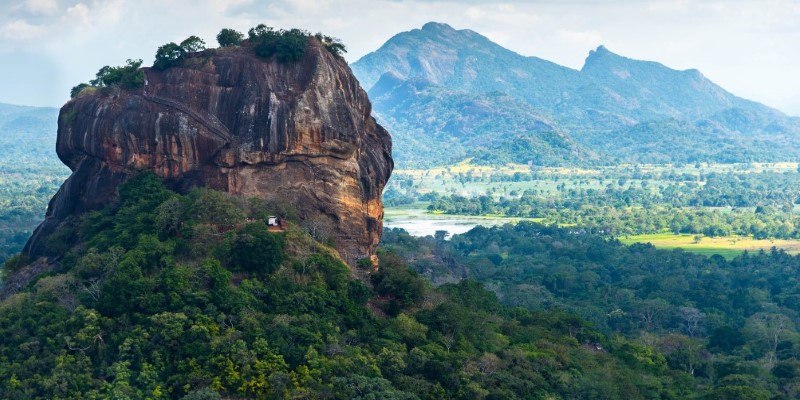Winter in Canada is more than just a season; it’s a unique experience filled with snow-covered landscapes and chilly winds. While the cold can be harsh, dressing the right way makes all the difference in turning a winter adventure into a cozy, enjoyable one. Whether you’re strolling through the vibrant streets of Toronto or venturing into the serene wilderness of Banff, the right clothing ensures you stay warm and comfortable.
Even though a different winter climate may affect it in Canada, one thing's for sure: a must-have of practical, well-insulated, and layered wear. This guide details how to dress in Canada through the winter months with essentials to make you better positioned to navigate the chill into style.
Understanding Canadian Winters
Canadian winters can be extreme, with plunging temperatures well below the freezing point. Regional variation is also wide with diverse climates. Milder, rain-soaked winters may be offered by places like Vancouver, while the provinces of Alberta and Manitoba can experience heavy snow and biting cold. Wind chill may make it feel even colder. Layering up is your best defense against these harsh conditions, enabling you to trap heat and yet remain flexible for indoor and outdoor settings.
The Canadian winter wardrobe is essentially about insulation and functionality. Piling on the clothes doesn't work. It is about choosing materials and mixes. The inner layers are breathable, moisture-wicking fabrics, whereas the outer layers should be resistant to wind and snow. Accessories that are often left out become lifesavers in very cold temperatures.
Essential Clothing for a Canadian Winter
Let’s break down the winter wardrobe essentials to keep you warm and comfortable:
Base Layers

Base layers are crucial to warmth, and they wick away moisture from the skin. Thermal tops and leggings of merino wool or synthetic materials are usually best suited. Cotton absorbs moisture, which it is not allowed to do, and loses all its insulating power. A well-fitted base layer keeps you dry. Dryness means that your body maintains warmth; these layers, therefore, form the bedrock of your winter wear.
Middle Layers
The middle layer traps body heat, adding insulation. Fleece jackets, down sweaters, or wool pullovers are excellent options for this purpose. These layers should fit closely without restricting movement, ensuring warmth while maintaining flexibility. Down provides superior insulation in extreme cold, while synthetic insulation offers reliable performance, especially in wet conditions. This layer is vital for keeping warmth close to your body as you navigate colder environments.
Outer Layers
Your outer layer protects against wind, snow, and rain, making it the most important part of your winter clothing. A high-quality winter coat that is insulated, water-resistant, and has a hood is essential. Down parkas or jackets with synthetic insulation are popular choices for extreme conditions. Don’t forget snow pants or insulated trousers, especially if you plan to be active outdoors. These outer layers ensure you stay dry and shielded from harsh weather elements.
Footwear
Footwear in winter needs to be both warm and waterproof. Insulated boots designed for winter conditions are essential to keep your feet comfortable and dry. Look for boots with good traction to avoid slipping on icy surfaces. Pair your boots with thick wool or thermal socks to keep your feet extra warm. Proper winter footwear is crucial, as cold, wet feet can quickly lead to discomfort and potentially dangerous conditions in freezing temperatures.
Accessories

Winter accessories are indispensable for battling Canada’s cold. A toque (knitted hat) is essential for preventing heat loss from your head. Insulated gloves or mittens, ideally waterproof, will keep your hands warm in frigid temperatures. A scarf or neck gaiter seals gaps around your collar, preventing cold air from creeping in. Thermal ear muffs or headbands provide additional protection, keeping your ears shielded from the cold. These small but vital accessories make all the difference in staying comfortable.
Tips for Dressing Comfortably in Canadian Winters
To truly enjoy winter in Canada, dressing smartly is more important than simply layering on as much clothing as possible. The key to comfort is choosing the right layers for warmth and flexibility. Layering allows you to adjust your clothing based on the temperature, whether you’re transitioning from the cold outdoors to a warm indoor space. Prioritizing quality over quantity is crucial—well-made, durable winter gear might cost more upfront, but it will save you in comfort and longevity.
Small details make a big difference when dressing for comfort. For instance, tuck your base layers into your socks to avoid cold drafts. Choosing mittens over gloves offers better warmth retention, as your fingers will be kept together, generating more heat. Stylish yet functional winter clothing is available, allowing you to stay both warm and fashionable. Many brands now offer winter wear that balances insulation with aesthetics, so you don’t have to compromise on style.
Consider the activities you’ll be doing in Canada’s winter. If you plan on engaging in high-intensity activities like skiing or snowboarding, invest in gear specifically designed for those sports. For city walks or casual outdoor activities, you’ll need less technical clothing but should still focus on effective insulation. Proper winter clothing is essential for staying comfortable and active in Canada’s harsh winter conditions.
Conclusion
Canada’s winter may be fierce, but with the right clothing, it can also be incredibly rewarding. By layering effectively and investing in quality outerwear and accessories, you’ll be well-equipped to face the cold while embracing the beauty of the season. Whether you’re exploring snowy landscapes or bustling city streets, the proper attire ensures that you stay warm, dry, and comfortable. Now that you know what to wear in Canada in winter, you can focus on enjoying the country’s breathtaking scenery and vibrant winter activities. So pack smart, bundle up, and get ready for an unforgettable winter adventure in the Great White North!







